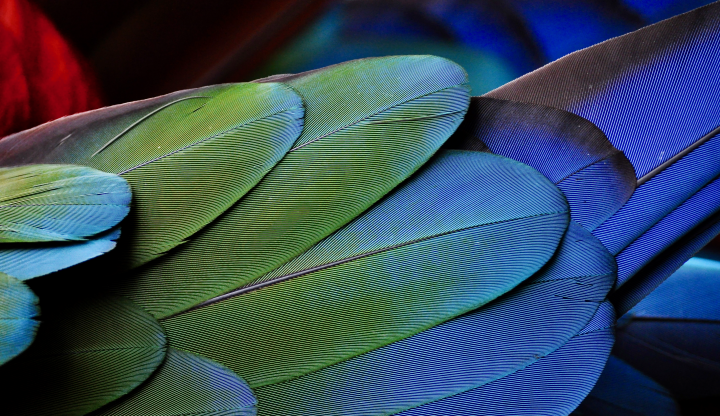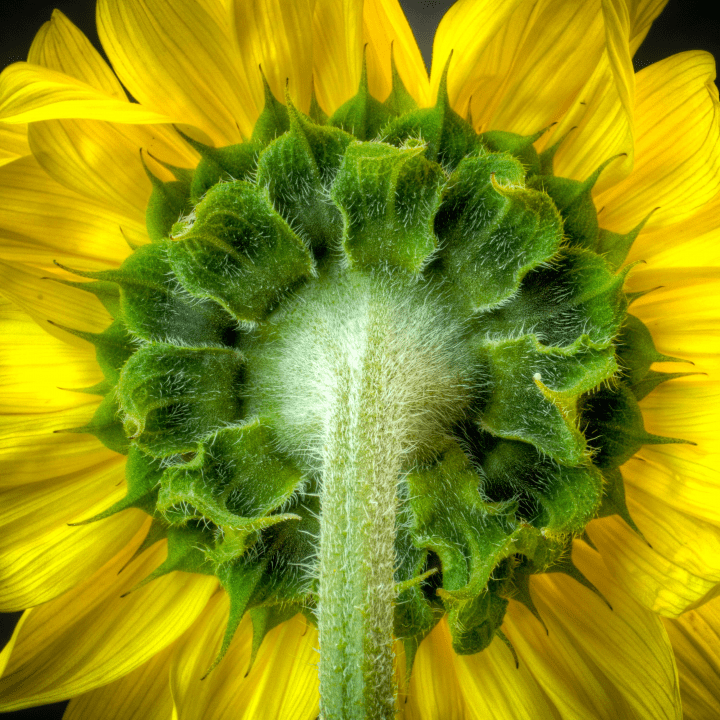Manage Impact
An impact is a high force or mechanical shock that happens over a short period of time, such as a hammer hitting a nail rather than a hand pushing slowly against a wall. Because of their speed and force, impacts don’t allow materials to slowly adjust to the force, which can lead to cracks, ruptures, and complete breakage. Therefore, living systems have strategies that can absorb, dissipate, or otherwise survive that force without the need to add large amounts of material. For example, the Toco toucan’s large beak is very lightweight, yet can withstand impacts because it’s made of a composite material with rigid foam inside and layers of a hard, fibrous material outside.
Manage Compression
When a living system is under compression, there is a force pushing on it, like a chair with a person sitting on it. When evenly applied to all sides of a living system, compression results in decreased volume. When applied on two sides, it results in deformation, such as when pushing on two sides of a balloon. This deformation can be temporary or permanent. Because living systems must retain their most efficient form, they must ensure that any deformation is temporary. Managing compression also provides an opportunity to lessen the effects of other forces. Living systems have strategies to help prevent compression or recover from it, while maintaining function. For example, African elephant adults weigh from 4,700 to 6,048 kilograms. Because they must hold all of that weight on their four feet, the tissues of their feet have features that enable compression to absorb and distribute forces.
Manage Mechanical Wear
A living system is subject to mechanical wear when two parts rub against each other or when the living system comes in contact with abrasive components in its environment, such as sand or coral. Some abrasive components are a constant force, such as finger joints moving, while others occur infrequently, such as a sand storm moving across a desert. Living systems protect from mechanical wear using strategies appropriate to the level and frequency of the source, such as having abrasion-resistant surfaces, replaceable parts, or lubricants. For example, human joints like shoulders and knees move against each other all day, every day. To protect from mechanical wear, a lubricant reduces friction between the cartilage and the joint.





